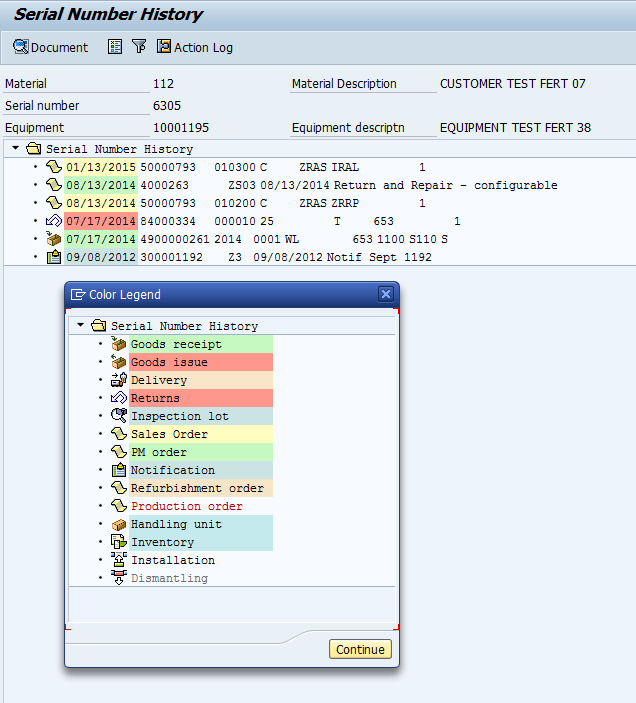I had an interesting revelation the other night. It’s a lot harder to maintain a close relationship than I originally thought. For me, it became obvious when I realized that I have drifted away from some of my very close friends after I moved south to Charlotte. Nothing happened except that we just don’t see each other very often, and it gets easy to drift apart. So then I realized, it’s not different in business. If you don’t keep the relationship up, it will quickly drift to an occasional Christmas card.
I was once told that for every friend, they fall into one of a few different categories. I don’t remember exactly the wording, but it was reason, season, and lifetime (or something like that). The idea behind it is there are some relationships that are in our lives for a reason, and then move on. Some for a season, so they are with us for a while, and then drift away, and others that last a lifetime. While this is a very nice sentiment, I don’t know that it’s entirely true. I think a lot has to do with how much anyone is willing to work to keep the relationship alive. Take me for example, I’ve been away from MN and my close friends for nearly 6 years now, and as i look at it, I haven’t worked as hard as I should to keep in touch. It can be a simple phone call or email, and we could still be close… but often we let life get in the way. We get wrapped up in our lives so much, that we can’t find 5 minutes to say hi, how are you doing?
Are business relationships really any different? you make a friend, a prospect, a customer. For a while, you are great at building the relationship, keeping it alive and staying close. But after a time, you may come to take it for granted… you may “give up” on them… or you might get too busy with new prospects…
Just keep this in mind… making a new friend, a prospect or a customer is a lot harder than keeping up your existing relationships. Don’t lose what you have chasing something new.
Thanks for reading,

